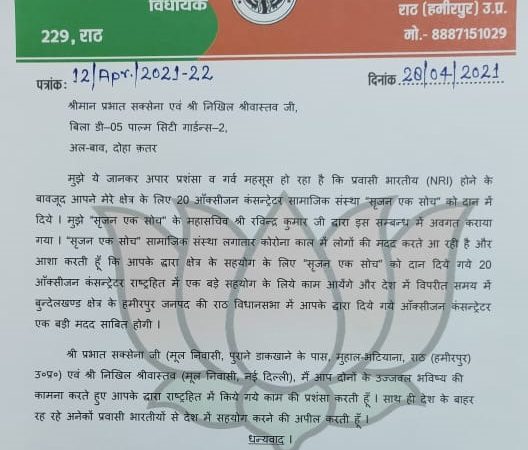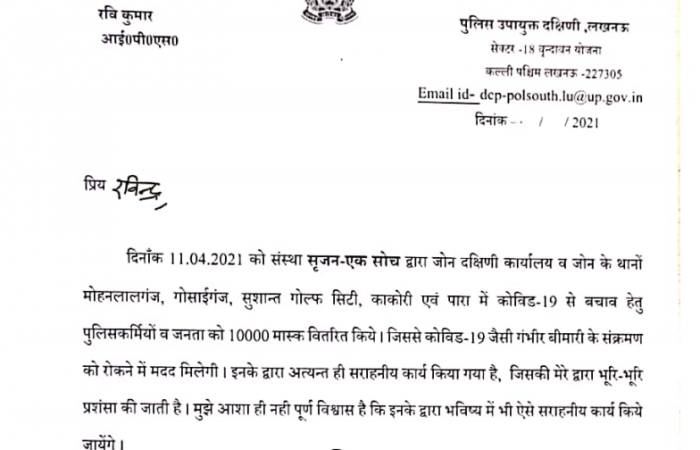India’s higher education system is the world’s third largest in terms of students, next to China and the United States. In all likelihood, India will be one of the largest education hubs in the world in few years from now. There is no gainsaying the fact that India’s Higher Education sector has witnessed a tremendous increase in the number of Universities/University level Institutions & Colleges since independence.
The ‘Right to Education Act’ which stipulates compulsory and free education to all children within the age groups of 6-14 years, has brought about a revolution in the education system of the country with statistics revealing a staggering enrollment in schools over the last four years.
The involvement of the private sector in higher education has seen drastic changes in the field. Today over 60% of higher education institutions in India are promoted by the private sector.
This has accelerated establishment of institutes which have originated over the last decade making India home to the largest number of Higher Education institutions in the world, with student enrollments at the second highest. The number of universities in India has over the years has increased manifold from 20 in 1950 to around 1,000 till 2019. Going by the All India Higher education report released by the Ministry of Human Resources in 2019, there were 993 universities, 39931 colleges and 10725 stand alone institutions in India.
Over the last two decades, India has remarkably transformed its higher education landscape. It has created widespread access to low-cost high-quality university education for students of all levels. With a student-centric learning-driven model of education, India has not only bettered its enrollment numbers but has dramatically enhanced its learning outcomes. A differentiated three distinct strategic objectives – has enabled universities to build on their strengths and cater across different categories of educational needs.
As a result, today, India’s 70 million student population is a force to reckon with. Among them are potential thought leaders – researchers and academics – positioned at the helm of knowledge creation.
Despite these strides of progress, India’s higher education institutions are not yet the best in the world, fewer than 25 universities in the top 200. Today, knowledge is power. The more knowledge one has, the more empowered one is. However, India continues to face stern challenges. Despite growing investment in education, 25 percent of its population is still illiterate; only 15 per cent of Indian students reach high school, and just 7 per cent graduate..
Vision 2030 released few years back says that despite the massive higher education system with over 30 million students enrolled across 45,000 institutions, India’s gross enrollment ratio (GER) lagged behind that of developed countries such as the US, Switzerland, Japan and the UK and developing countries such as China, Brazil, Malaysia and the Philippines. Organizations like Srijan have been actively working to correct these enrollment balances in the countryside of India.
The vision 2030 is aligned with policy foundation and envisages the student at the core of the Globalized world. This can be achieved only by educating and empowering youth through a sound education system with a clear vision and a time-bound road map. The major issues and challenges in the education sector in India include less expenditure on education. In this area, India lags behind some developed and developing countries.
At present, in our country, there are about 1.86 crore students enrolled in various streams of higher education including Business Management. Despite the large number of students studying in various streams, we have not seen any major shift in productivity as skills and talents are deficient to support economic activities and, hence, there is a serious concern on employ ability of these educated persons.
Another challenge to be addressed in strengthening the Indian education system is to improve the capacity utilization. For example, a recent study on capacity utilization in India for higher education indicates that the capacity utilization in case of MBA is about 57 per cent in Maharashtra and 72 per cent in Haryana. In certain states, there are a lot of unfilled seats in institutions. On the one hand, we need to improve our GER, and on the other, we need to ensure that institutions/ colleges/schools created for providing higher education fully utilize the capacity created.
One of the factors why the capacity utilization is low in upcoming/new institutions/colleges (both in private and public sectors) is their inability to provide necessary physical infrastructure to run the institutions. The infrastructure facilities desirable to rank the institutions of better quality include real estate, state of the art classrooms, library, hostels, furniture, sports facilities, transport, commercial buildings, etc. We need to ensure apolitical private sector participation in the establishment of colleges for providing quality physical infrastructure
Another challenge for improving the Indian education system is to improve the student teacher ratio. In India, this ratio is very high as compared to certain comparable countries in the world. For example, while in developed countries this ratio stands at 11.4, in case of India, it is as high as 22.0. This brings the necessity to recruit quality teachers and strengthen the teachers required to handle classes.
In order to improve the skills and talent of our large populace, there is a need for raising the quality and standards of our education system. It is well-known that many of our professionals (engineers/doctors/management professionals) remain unemployed despite a lot of opportunities being open in the globalised world. One of the major factors is the lack of quality education resulting in qualified but not employable categories.
The initiatives that we require to make our education system world class and ensure that the benefits of higher education reach to the people living on the last rung of the society, we must give a push to innovations at our academic institutions, improving quality of education and making primary, secondary and higher education affordable.
A much-discussed stipulation in the new education policy stresses that the medium of instruction until at least fifth grade (preferably eight grades) will be in a regional language that is recognized as being native to India. With due respect to regional languages, English language should also be incorporated as a medium of instruction for the students of these classes as introduction of English language as a medium of instruction will help them better their communication skills for their global exposure.
The New Education Policy aims to increasing public investment in education from the current 4.3% to 6% of GDP. This is a welcome move and was long overdue. The initiative of digital India and creation of digital libraries, digital content, digital pedagogy and classrooms, online teaching and learning of different languages in NEP 2020 are also welcome initiatives but this can be achieved only when we scale up internet connectivity.
Besides, technological devices and infrastructure need to be developed. There are many features that have been inserted in NEP; however implementation will have its own challenge in terms of funding, best in class resources and the huge scalability. The new education policy does have several strengths but being a visionary document it remains vague and has several ambiguities and loose ends that are confusing if not disturbing.
Although the NEP is largely open, it remains centralized. This can suffocate creativity and local autonomy and will produce mediocrity. The execution of all the provisions of NEP will require a huge budget.


